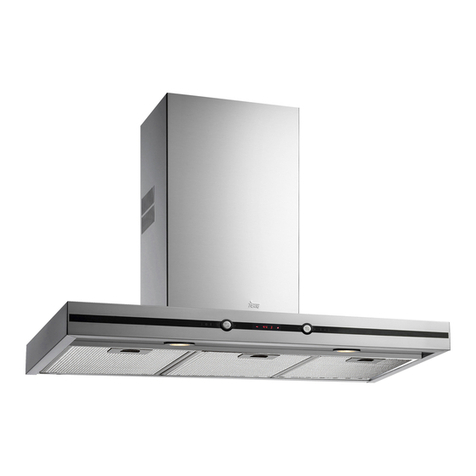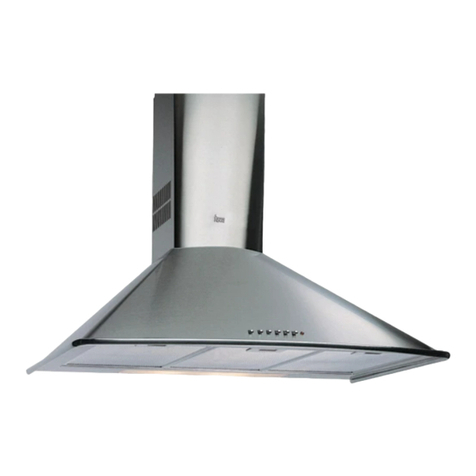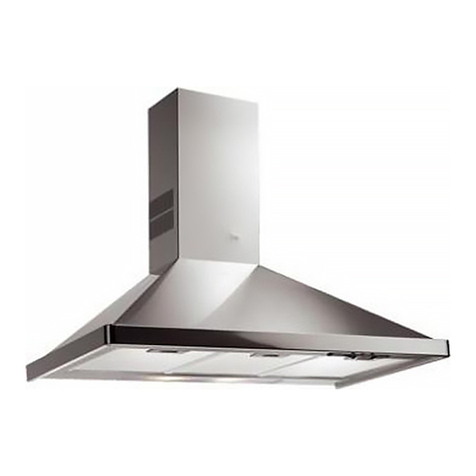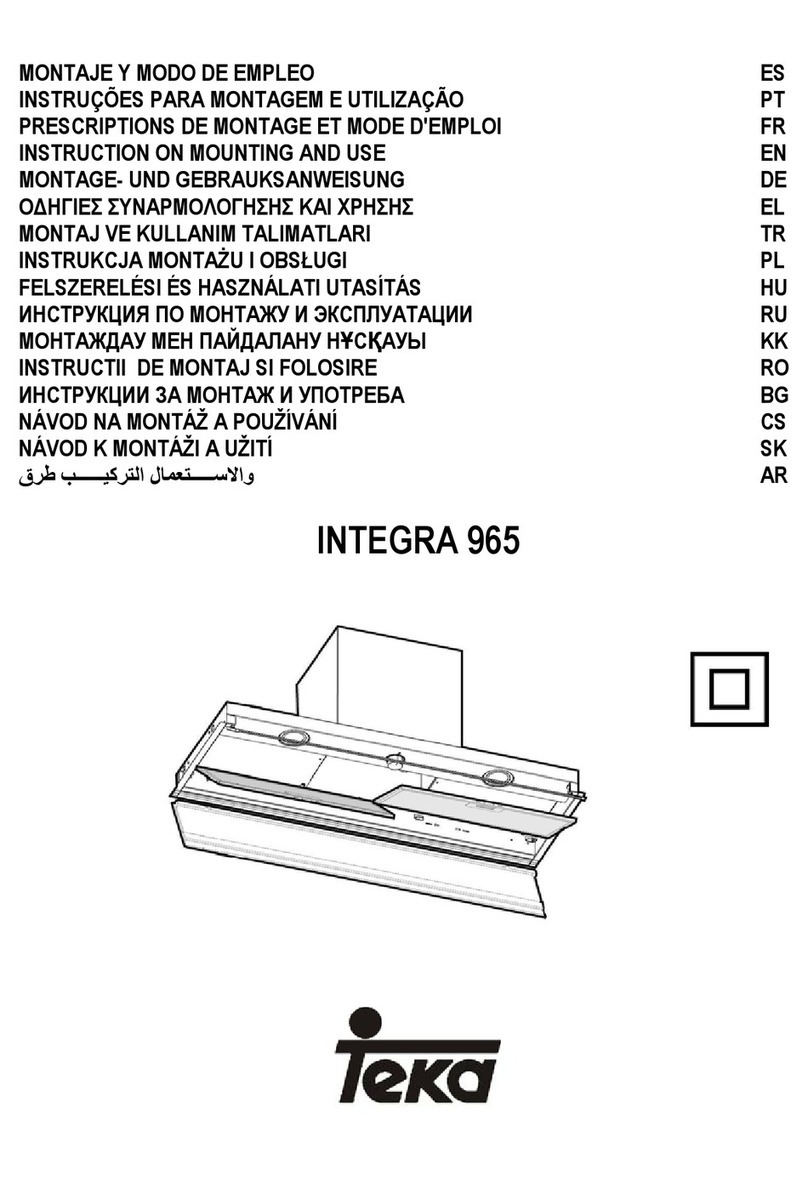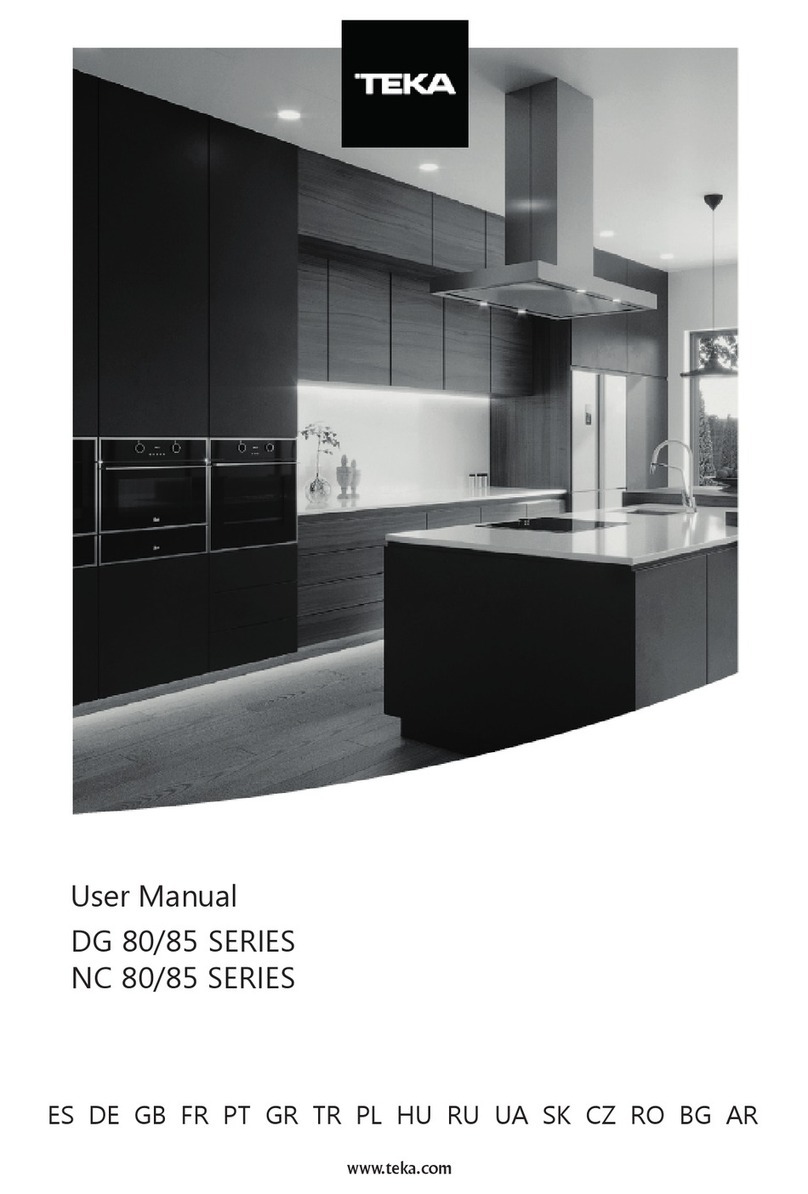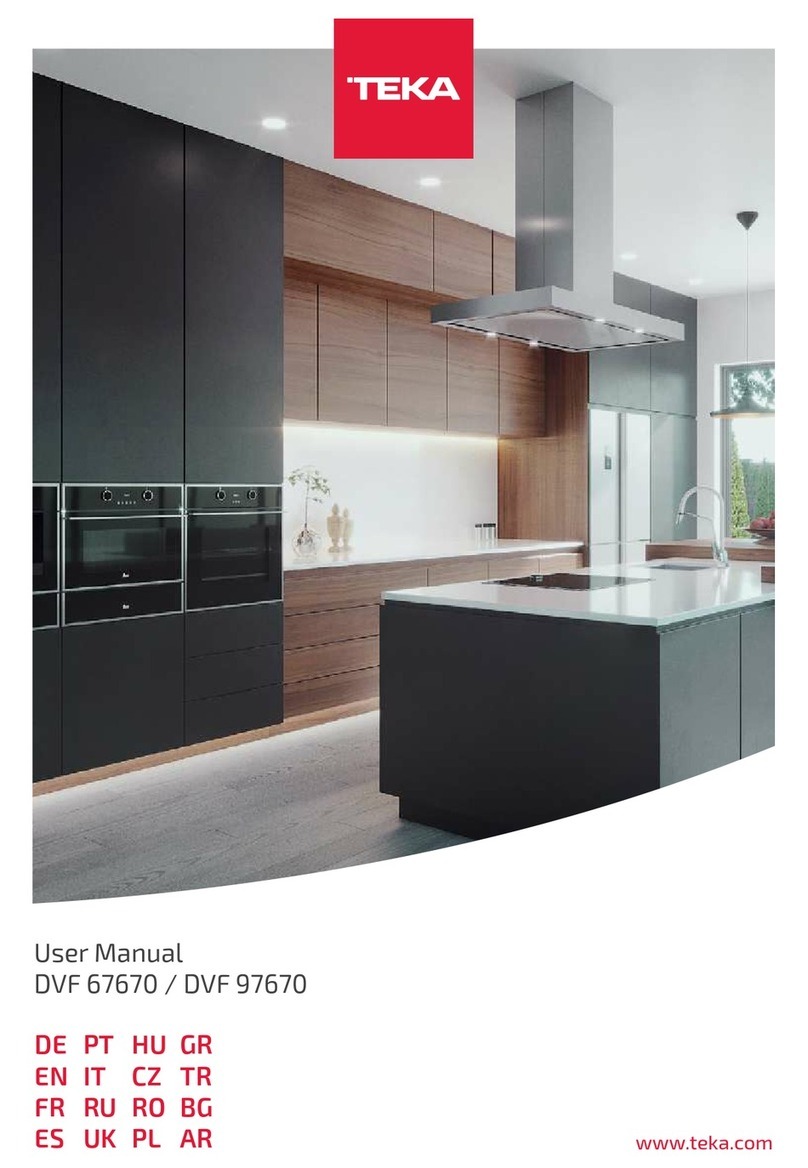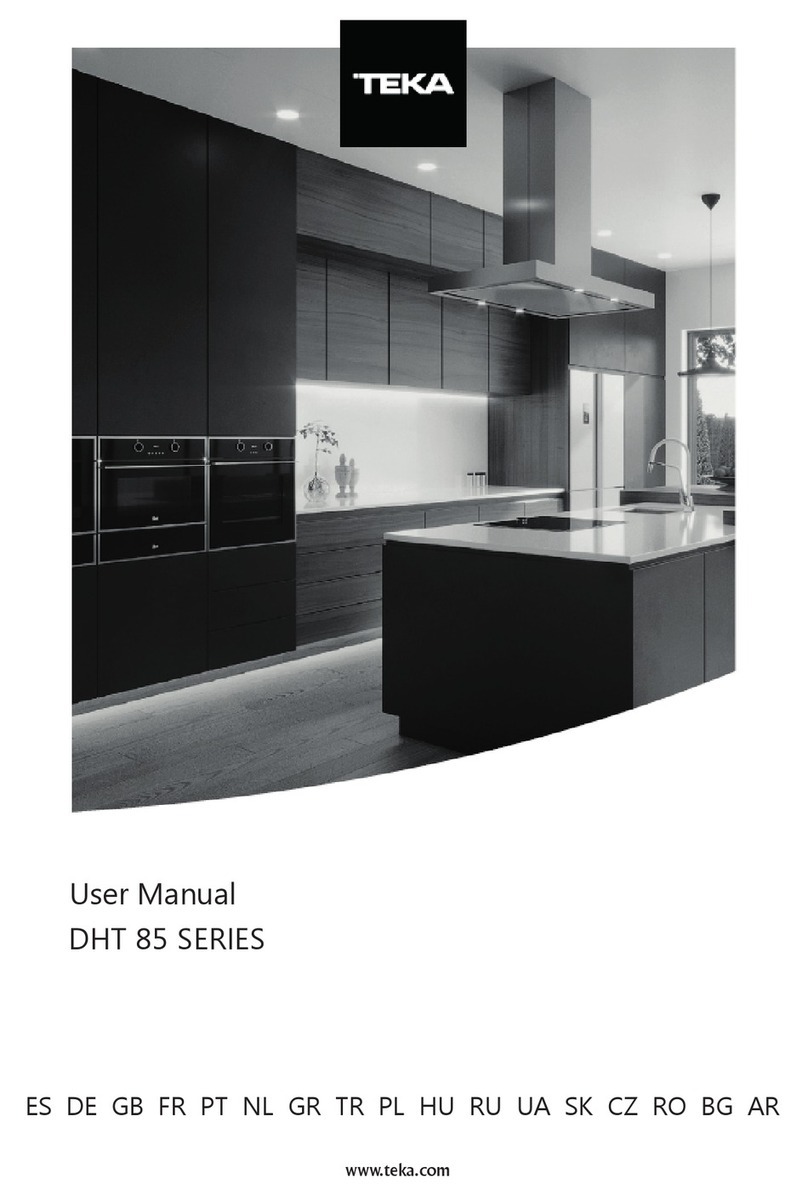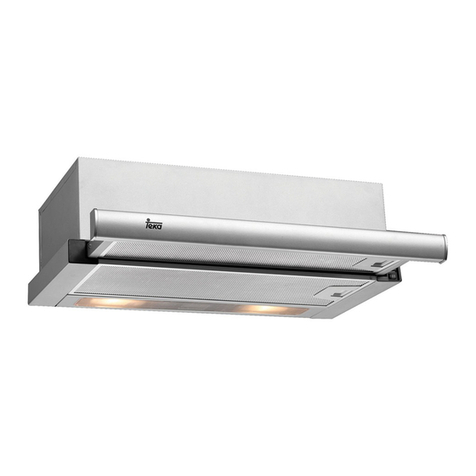Teka FilterCube 4-IFA User manual
Other Teka Ventilation Hood manuals

Teka
Teka Kitchen hood User manual
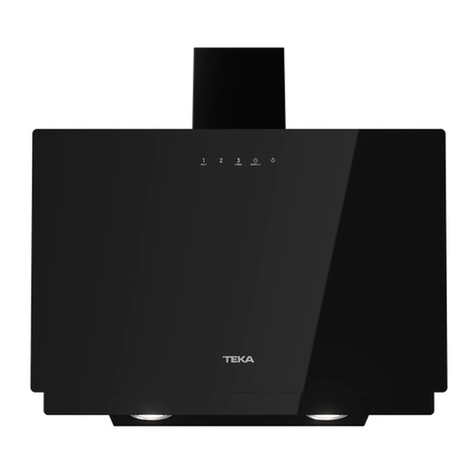
Teka
Teka DVN 67050 TTC BK User manual
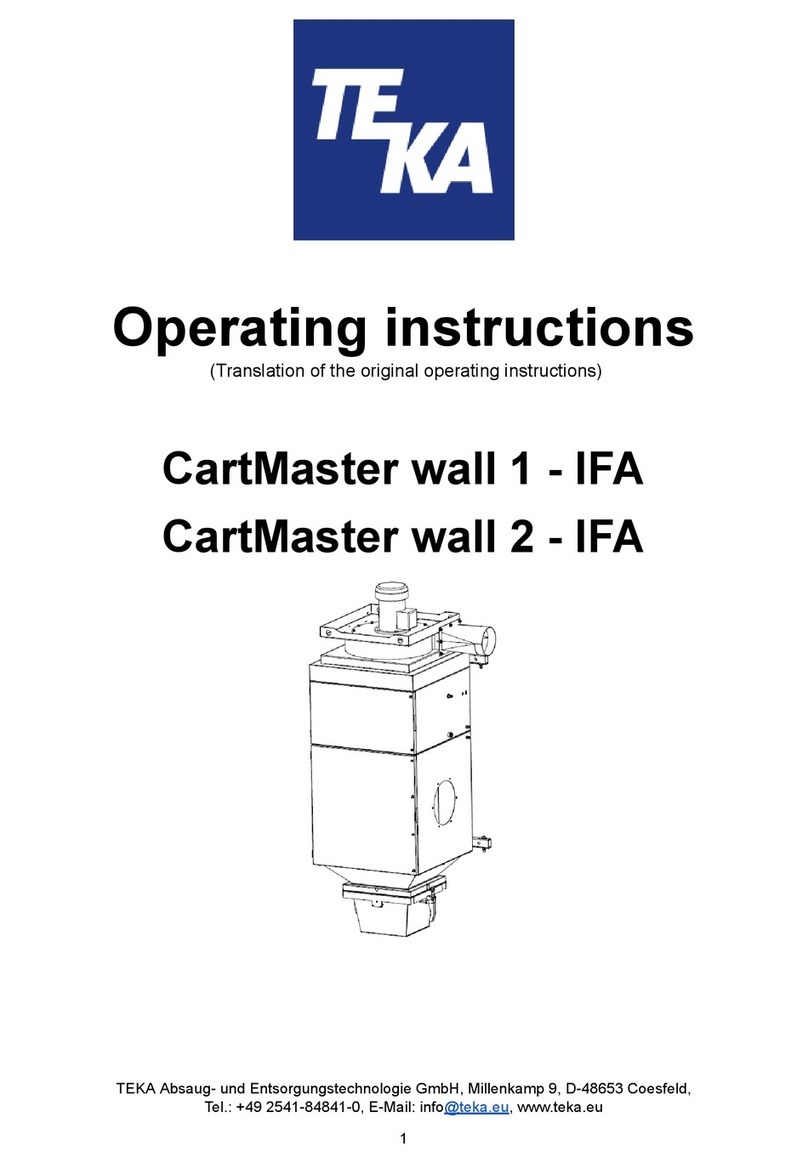
Teka
Teka CartMaster wall 1-IFA User manual
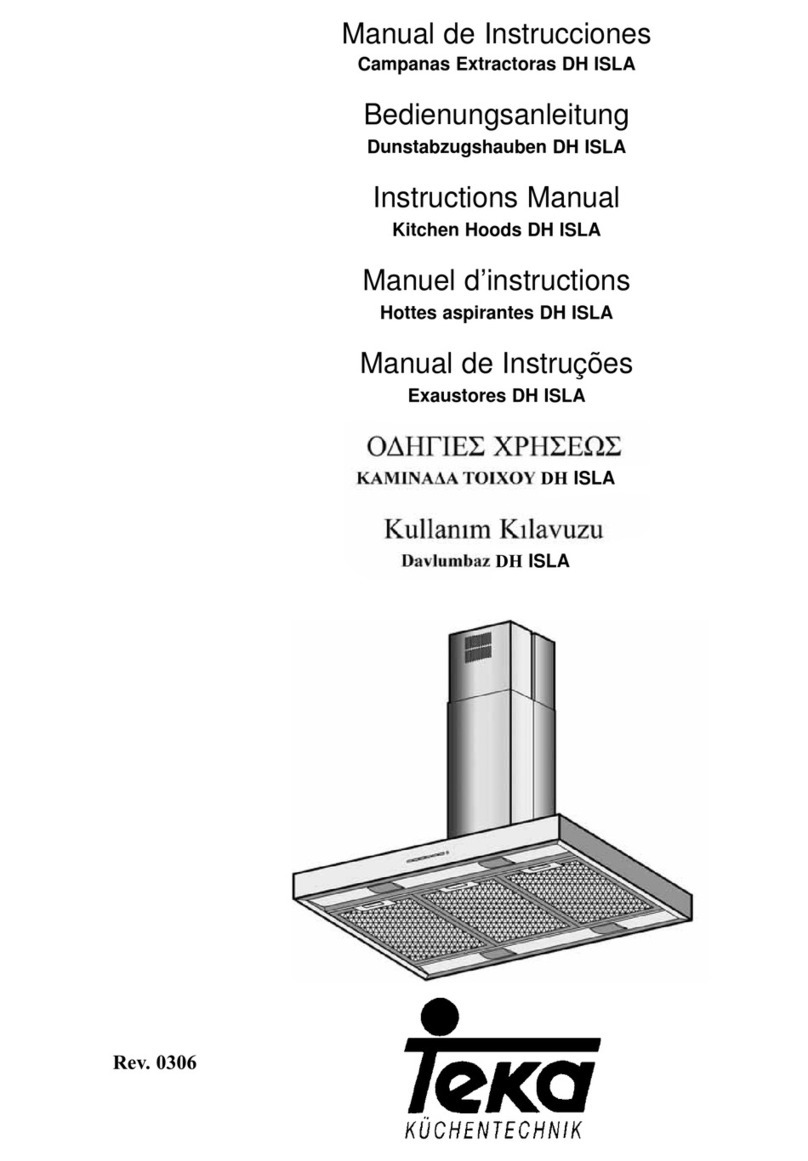
Teka
Teka DH ISLA User manual

Teka
Teka DE 90.2 User guide

Teka
Teka DX ISLA Vr. 03 User manual
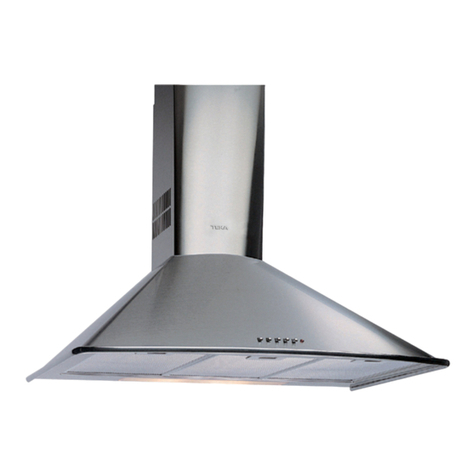
Teka
Teka DMR 75 Series User manual
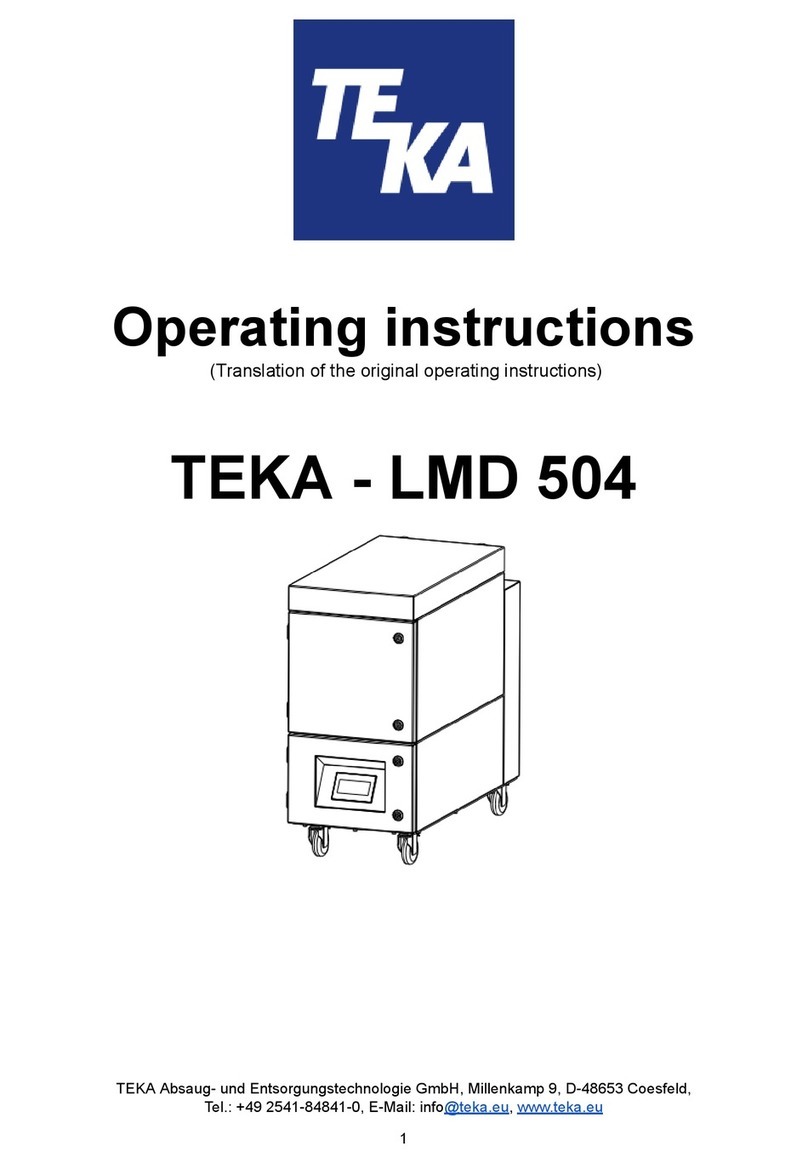
Teka
Teka LMD 504 User manual

Teka
Teka XT2 62030 SOS WH User manual
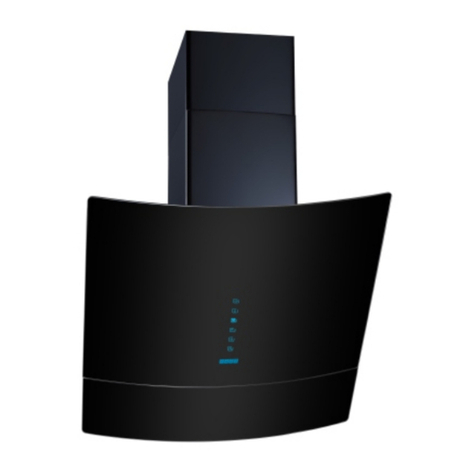
Teka
Teka DVC560B User manual
Popular Ventilation Hood manuals by other brands

Gorenje
Gorenje S3 IHGC963S4X manual

KOBE
KOBE ISX2136SQB-1 Installation instructions and operation manual

U.S. Products
U.S. Products ADVANTAGE-100H Information & operating instructions

Kuppersberg
Kuppersberg DUDL 4 LX Technical Passport

Framtid
Framtid HW280 manual

Thermador
Thermador HGEW 36 FS installation manual
